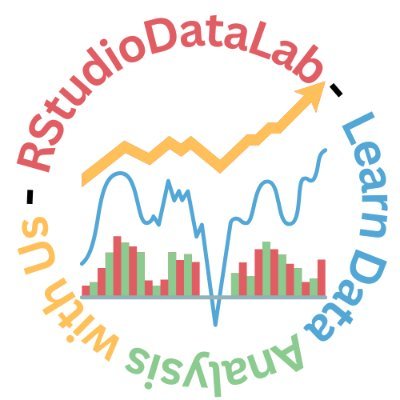
RstudioDataLab
@rstudiodatalab
Followers
34
Following
21
Media
445
Statuses
2K
Hello and welcome to Data Analysis! I specialize in providing top-notch data analysis services using cutting-edge software such as RStudio, SPSS, and Minitab.
United States
Joined June 2021
We’re thrilled to announce that we’ve officially moved to a new home on the web: This change reflects our commitment to providing you with the best resources and experience in data science. Acess Now:
0
0
1






















